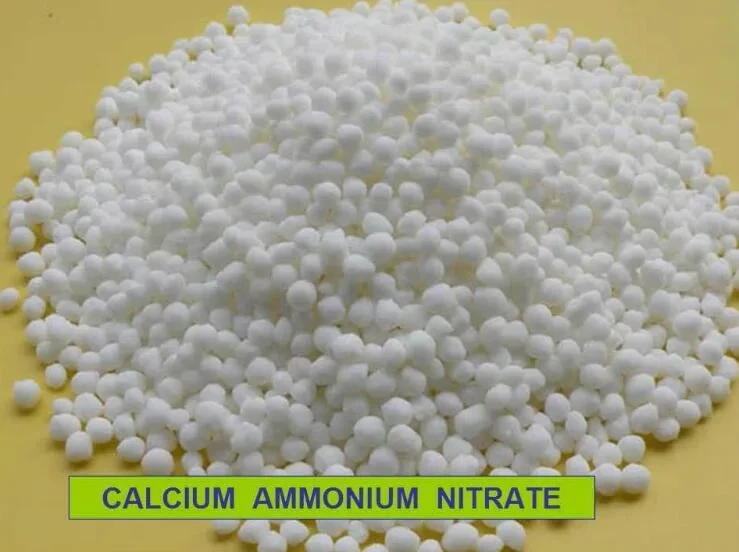



litharge formula
Understanding Litharge Composition, Properties, and Applications
Litharge, a term derived from the Latin word lithargyrum, refers to the lead oxide with the chemical formula PbO. This compound has been recognized for its unique properties and finds various applications across multiple industries. Let's delve into the composition, properties, and applications of litharge to provide a comprehensive overview of this fascinating material.
Chemical Composition
Litharge is a simple oxide of lead, consisting predominantly of lead in a +2 oxidation state. The formula PbO indicates that each molecule consists of one lead atom (Pb) and one oxygen atom (O). Litharge exists in two primary forms the alpha (α) and beta (β) phases. The alpha phase is a rhombohedral crystal structure, while the beta form is tetragonal. The conditions under which it is formed, such as temperature and cooling rate, can affect the stability and form of litharge produced.
Physical Properties
Litharge is typically a yellow or reddish-yellow powder, although its color may vary based on particle size, purity, and production method. It has a relatively high melting point of about 888 degrees Celsius and is insoluble in water. However, it can dissolve in acids such as hydrochloric acid and nitric acid, making it useful in various chemical processes. Its density is around 9.53 g/cm³, which is relatively high compared to other metal oxides.
Production Methods
Litharge is primarily produced through the oxidation of lead or lead-containing ores. The process often involves roasting lead sulfide ores, where the lead sulfide is transformed into lead oxide. This method yields litharge as a byproduct, which can be further purified to meet industry standards. The production processes can vary, affecting the quality and specific attributes of the litharge produced.
litharge formula

Applications of Litharge
Litharge has numerous applications due to its desirable properties. One of the main uses of litharge is in the manufacture of lead-based glass and ceramics. The presence of PbO enhances the optical properties of these materials, improving their clarity and brightness. Additionally, litharge plays a crucial role in the production of lead-acid batteries, serving as a key component in the plates of these batteries. Its excellent conductive properties facilitate efficient charging and discharging cycles.
Furthermore, litharge is also employed in the rubber industry as a thermal stabilizer and in the production of pigments and dyes. It can provide a range of colors, particularly in ceramics and glazes. The compound is also utilized in certain types of solder and as an ingredient in various chemical syntheses, indicating its versatility across diverse fields.
Health and Safety Concerns
Despite its valuable applications, litharge, like most lead compounds, poses health risks. Lead exposure can result in serious health issues, including neurological problems, developmental delays in children, and various other chronic conditions. Appropriate safety measures should be taken when handling litharge to minimize risk. This includes using personal protective equipment (PPE), ensuring proper ventilation in workspaces, and adhering to regulatory guidelines.
Conclusion
Litharge, with its chemical formula PbO, is a compound of considerable significance due to its unique properties and wide-ranging applications. From enhancing the aesthetics of glass and ceramics to playing a crucial role in battery technology, litharge demonstrates its versatility and utility in modern industries. However, the health risks associated with lead compounds underscore the need for careful handling and adherence to safety protocols. As industries continue to innovate and seek sustainable alternatives, the role of litharge may evolve, but its foundational importance in various applications is likely to remain.
-
Why Sodium Persulfate Is Everywhere NowNewsJul.07,2025
-
Why Polyacrylamide Is in High DemandNewsJul.07,2025
-
Understanding Paint Chemicals and Their ApplicationsNewsJul.07,2025
-
Smart Use Of Mining ChemicalsNewsJul.07,2025
-
Practical Uses of Potassium MonopersulfateNewsJul.07,2025
-
Agrochemicals In Real FarmingNewsJul.07,2025
-
Sodium Chlorite Hot UsesNewsJul.01,2025










